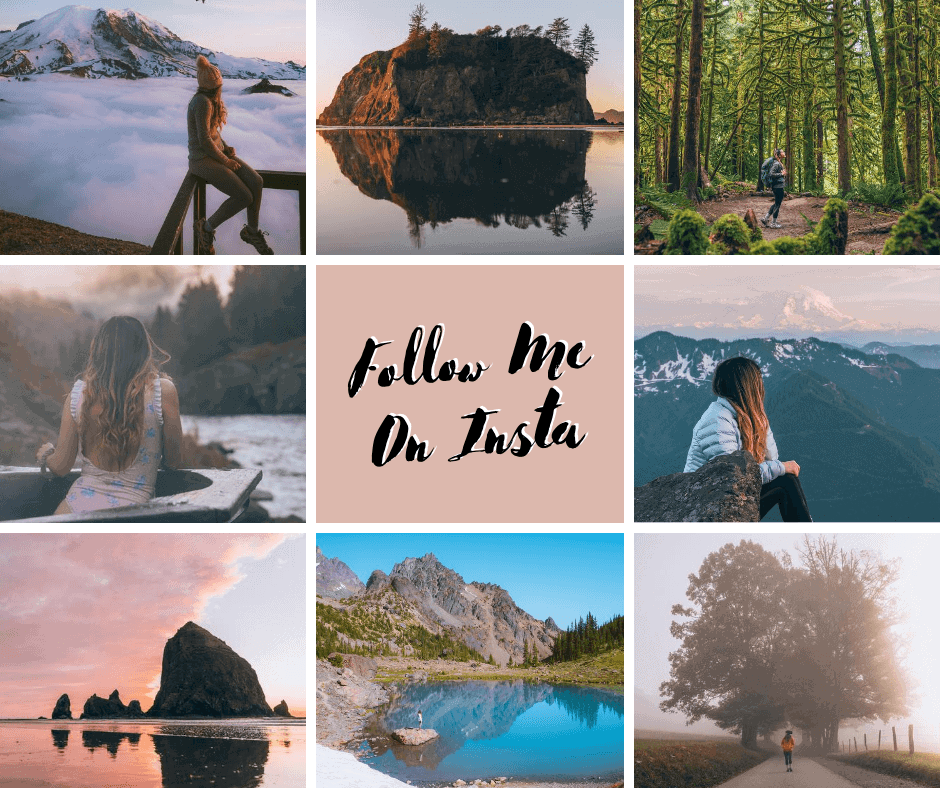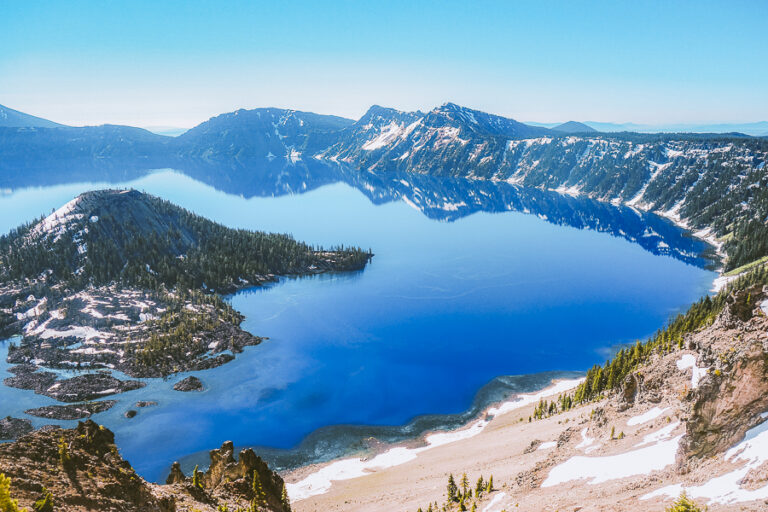How To Plan A USA National Park Road Trip
Planning a national park trip can sometimes be more complicated than planning a city trip vacation. Most national parks are nowhere near a major airport hub, so transportation can be a bit complicated. Plus, there are multiple accommodation types, like camping, backpacking, or staying at a hotel. It can feel overwhelming, especially if you have never done it before. But don’t worry, I got you covered! Below I talk about how I plan my national park trips, what tools I use, and how I pick the parks. After this post, you will feel a lot more confident, and you can always message me if you have any other questions. Enjoy!

Disclosure: This post contains affiliate links. If you click one of them, I may receive a small commission (for which I am very grateful for) at no extra cost to you.
Download my free Outdoor Photography Guide
How To Plan A USA National Park Road Trip
When Should I go?
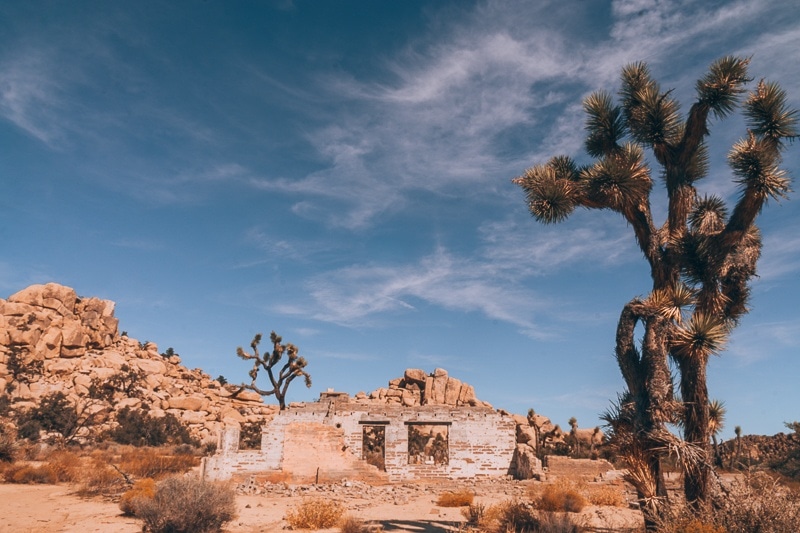
I feel like the first step in planning a USA NP road trip is figuring out when you will go. Not all parks are good to visit in the summer, and not all parks are good to visit in the winter. For example, I grew up in Texas, and I know how hot it can get there in the summer. I would NEVER visit Big Bend National Park in the summer. I have also been to Death Valley in the Spring, and it was still pretty hot. I would never visit there in the summer.
So pick a time when you will be visiting and do some research. Make sure it is an ideal time to visit that park. You don’t want to be too cold or too hot during your visit because it can become a dangerous situation. Please note that since you are picking the ideal time, there might be more crowds. Try to pick a shoulder season if you can.
Pick Your Parks
OMG, there are so many national parks in the USA (62), and it can be overwhelming to pick the perfect park to visit. First, start making a list of the parks you want to visit.
Do you want to visit two parks in the same vacation time? A good example is Zion and Bryce Canyon. When someone picks to visit Zion, they end up visiting Bryce Canyon since they are relatively close. Here are some example national parks for inspiration:
- Big Bend National Park
- Channel Islands National Park
- Canyonlands National Park
- Capitol Reef National Park
- Great Smoky Mountains National Park
- Shenandoah National Park
- Olympic National Park
- Mount Rainier National Park
- Acadia National Park
- Death Valley National Park
- Glacier National Park
- Grand Teton National Park
Don’t pick too many parks to visit. I have made this mistake before and regretted it. Remember, you have to drive between parks, which takes more time out of you exploring each park.
When you pick too many parks, you barely scratch the national park’s surface, leaving you feeling like you hardly experienced it. It is better to pick fewer parks, explore them thoroughly, and come back later to visit the other parks.

Get my free National Park Checklist
When you join the newsletter!
Make A Map
This is probably my favorite thing to do. I love making a map of all the activities I want to do. Google Maps is the handy dandy tool I use to plan my national park trips. What I do is read online all the activities I want to do. I find the activities by exploring Facebook Groups, Pinterest, and Google. I try to only read blogs from ordinary people like me instead of big companies like Trip-advisor. Usually, blogs have better pictures and are more detailed in their experiences. Big company websites that talk about national parks have never even been to the area. They just use stock photos and ask someone to do research.
After I pick out all the things I want to do, I add the activities to the google maps. You do this by going to the Google Maps website and clicking “My Places” then “Maps” then “Create Map” as shown below:
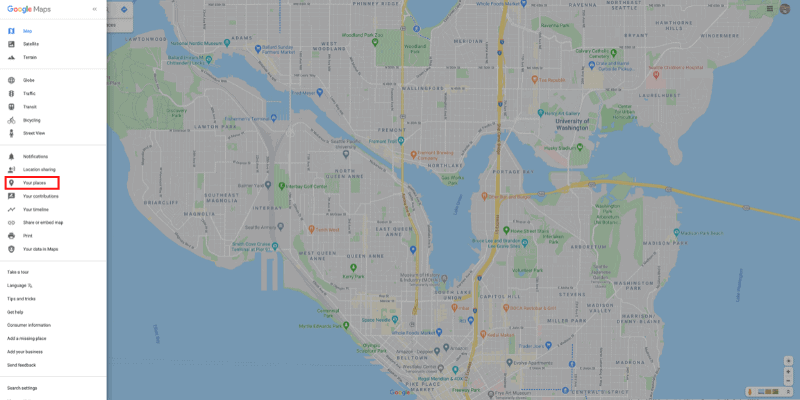


From there, you can name your map and start adding all the activities you want to do. I do this because you can see what activities are near each other. Then you can start planning what day you will do the activities. This will minimize driving and traveling.
After all the activities are on my map, I start to color code the icon activities by day. You can see an example of how I do this below. This is a sample of my Dolomites trip I was going to take this summer. I know it is not a USA National Park, but it is still pretty similar.
It is essential to be flexible when it comes to planning national parks. Nine times out of ten, I don’t do my itinerary to the tee. National Parks vacations are subject to the weather, which can be unpredictable. That is why I love making a Google map because you can change it up if you need to.
How Long Do You Want To Stay There

After adding all the activities, you want to do, you can start seeing how much time you need to explore the park. You can add or delete activities if you’re going to extend or shorten the trip. I would still keep all activities on the map and just label them as backup. Like I stated above, I have rarely ever completed my itinerary. There might be trail closures because of bears or too much cloud cover on a specific hike. You never know what will happen in a National Park.
Grab Your Free Car Camping Checklist! 🚗🌲
Ready to elevate your car camping game? Snag our essential checklist to ensure you’ve got everything you need for a stress-free, fun-filled adventure! Perfect for beginners and seasoned campers alike. Download now and hit the road prepared! 🌟🎒
Budget and Costs
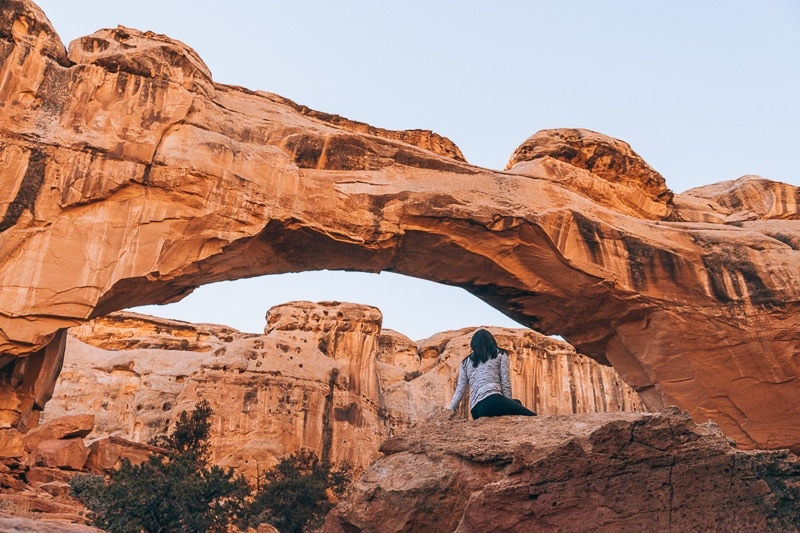
When it comes to national park road trips, you can either spend a ton of money or you can budget. It depends on your mode of transportation and where you will be staying. If you are camping, that will cost a lot less money then if you stay in a hotel. You also have to factor in food. When you camp, you can usually cook your meals by the fire, which might be cheaper. If you are staying at the hotel, does it have a kitchen? Or will you have to eat out the entire time? These are things to think about if you want to save. Here are the main items to think about when it comes to cost:
- Park Entrance
- Rental Car
- RV Rental
- Food, drink, restaurants
- Gas
- Campsite reservation, backcountry permit
- Hotel
- Camping and hiking gear
When Should I start Planning
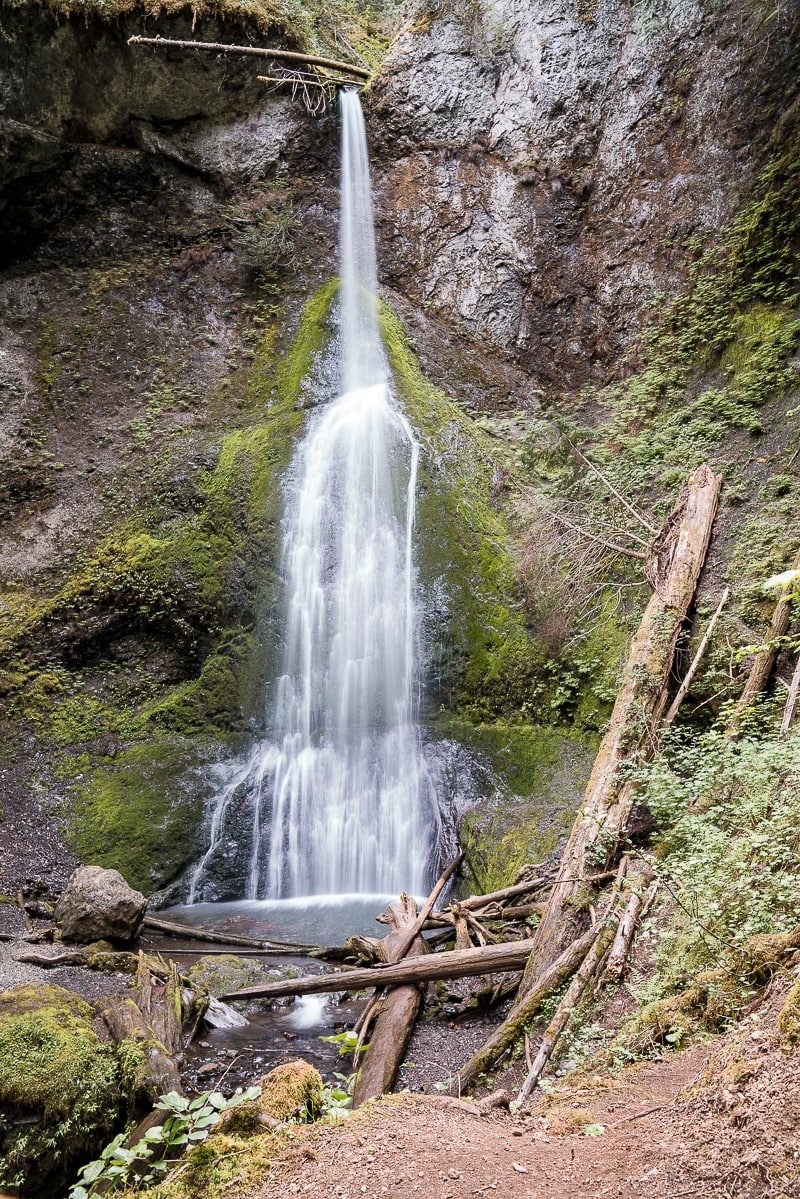
National Parks have become notoriously crowded due to social media. Now everyone wants to enjoy the beauty of all these outstanding parks. But what does that mean for you when it comes to planning? I recommend starting six months to a year before. Some parks like Glacier National Park need a year to plan. There isn’t as much accommodation, and it is seriously crowded.
If you are reading this now and want to enjoy the park in a few months, start planning right away! I have been guilty of planning my trips until the last minute, but it has always worked out in the end.
Pick Out Where You Will Stay
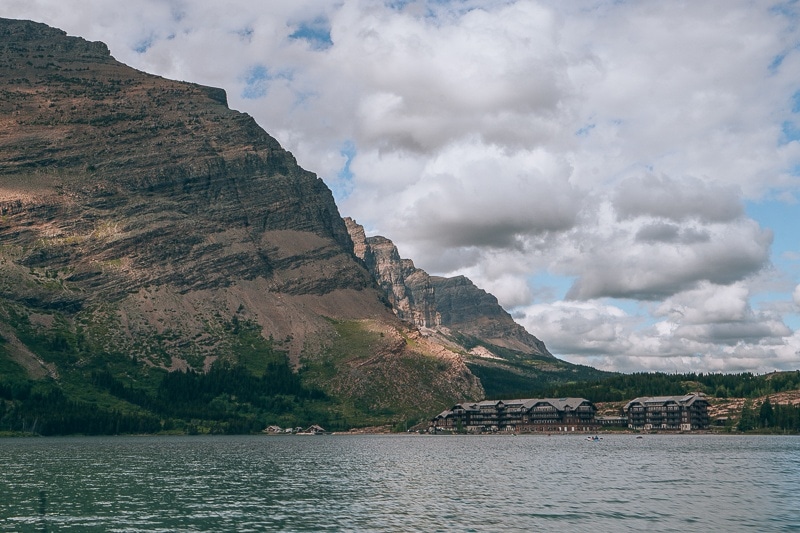
Now that you know all the activities you will be doing at the national park, it is time to pick out where you stay. I try to pick my accommodation after I have all my activities on the map. It helps me choose the hotel or campsite that is closest to the activities. Some national parks are enormous! And if you don’t pick the right accommodation, you might be doing a lot of driving which will waste time and money. The types of accommodation are:
- Camping/RV
- Backcountry
- Hotels
- Airbnb
When it comes to camping or backpacking, you can usually reserve a spot here but not always. I recommend going to the NPS website, and each national park has a tab that says “camping/backpacking”. You click there, and they usually have a table of all the campgrounds and directions on how to reserve. Some campgrounds will be first come first serve. I wouldn’t depend on first come first serve campsites if you are visiting a popular national park. It would be terrible if you get there and then you have no accommodation. I have only used a first come first serve campsite at national parks that are close to my home (Mount Rainier and Olympic).
There is this cool website where you can see pictures of all the camping spots in the national park. It is a pretty neat website. Click here to view.
When it comes to hotels, I usually try to book accommodations inside the park to minimize my driving as much as possible. I don’t use Airbnb’s at national parks, but they are great if you want a homey feel and to cook your own meals.
Are all the Campsite full? Check Out my blog post on how I find Free Campgrounds in the USA: How To Find a Free Campsite
How Will You Get To The National Park?
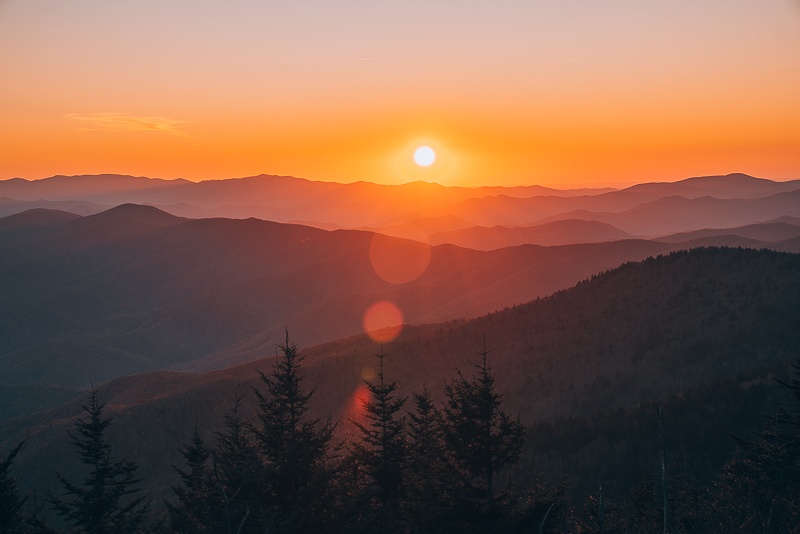
National Parks are generally not close to big airports or cities. You are most likely going to have to:
- Fly into the nearest airport, rent a car, and drive there
- Fly into the nearest airport, rent an RV, and drive there
- Drive directly from your house to the park using an RV or car
I usually fly to the nearest airports and rent a car. I tend to bring my backpacking gear when I do this because it packs pretty good in my suitcase. Don’t bring propane on the airplane, though.
If a national park is close to me, I usually drive to it from my home. Please note that some areas in national parks will need a 4WD car. Always check to make sure your vehicle is up to date before hitting the road (tires rotated, oil maintenance, etc).
What To Pack

Hiking
- Sunscreen: Super important and it is part of the ten essentials! >Buy Sunscreen
- Hiking Boots/Shoes: If you use tennis shoes, you can easily hurt your toes hitting a rock by accident (Trust me, I have done it so many times before). >Check Out My Hiking Shoes
- Chapstick: This one has SPF so your lips won’t get burned in this hot sun! >Check Out This Chapstick
- Hiking socks: Having the correct socks helps you prevent getting blisters. Smart Wool is probably my favorite brand out there. I also love how they now have pink socks too 🙂 >Buy Hiking Socks
- Water Reservoir: Water reservoirs help prevent me from getting dehydrated while hiking. The great thing about this reservoir is that it doesn’t have the plastic taste. >Here Is My Water Reservoir
- Water: Stay nice and hydrated.
- Sunglasses: It can get sunny so make sure to pack some sunglasses. >Check Out These Sunglasses
- Snacks: The best snacks are jerky, nuts, energy bars. Clif Bars are great for hiking.
- Camera: The Sony A6000 was one of the first cameras I started traveling with. The Sony A6000 is an excellent camera for people that want to start improving at travel photography. >Buy Sony Camera Here
- First Aid Kit: This is one of the first things I bought when I first started going on adventures. It is super portable. >Buy This Awesome First Aid Kit Here
- Day Pack to carry all your things: To carry all your gear, water, and food, you need a good backpack. Osprey is known to have some of the best backpacks in the market. >Buy This Great Quality Backpack
- Headlamp: A headlamp is an absolute must in case you get stranded in the dark! It is a lot more portable and easier to use than a flashlight. >Buy A Headlamp Now
- Leggings or Hiking Pants: I always wear leggings while hiking because it is what I feel most comfortable with! >Click For My Favorite Hiking Leggings
- Breathable sweat-wicking shirts: Cotton shirts soak up your sweat when hiking, so make sure to wear something breathable. >Check out this awesome breathable shirt here.
- Mid Base Layer: If you are hiking in the winter, this might be a great idea. >Check Out My Sweater Here
- Sports Bra: For women.
- Jacket: I always have a jacket in my backpack, even if it is hot. I do it just in case of an emergency. >Buy My Favorite Jacket
- Rain Jacket: The worst feeling in the world is being wet and cold while hiking. You can get hypothermia, so always carry a poncho or a rain jacket. >Check Out My Rain Jacket Here
- Tripod: This is an optional item, but it is excellent for getting the ideal sunset pictures. >Check out this tripod
- Knife: I always carry a knife in my backpack just in case. >Check Out My Knife Here
Claim your FREE Hiking Checklist
Ready to start hiking? Grab my free hiking checklist and never forget anything at home!
Camping/Backpacking
- Tent: I just bought this new Nemo 2 Person tent, and it packs so small, and it is light! >Buy The Nemo Backpacking Tent
- Jet Boil: This is a portable mini stove that will boil water for you. This is great if you are bringing dry food >Buy My Jet Boil
- Propane for Jet Boiler: You can buy this at Walmart or REI on the way to your campground.
- Sleeping Pad: A sleeping pad is pretty much a small, packable inflatable mattress. I have tried many types of sleeping pads (cheap ones, light ones, comfortable ones), and the one I have linked is probably the best one I have tried. My husband uses this pad. I will mention, it is on the heavier side, so I recommend this for car camping or short/easy backpacking trips. >Check Out My All-Time Favorite Sleeping Pad
- Spork: A spoon and fork in one. >Buy A Spork Now
- Headlamp: A headlamp is an absolute must! It is a lot more portable and easier to use than a flashlight. >Buy A Headlamp Now
- Pillows: Pillows can take a lot of room, so I recommend buying an inflatable one. The one I have linked, I have had for six years now, and it is STILL going strong. >Buy The EXTREMELY Packable Inflatable Pillows
- Sleeping Bag: One of the most critical aspects of getting a good nights sleep! Bringing a sleeping bag is a must. >Look At Prices
- Sandals: I hate wearing my hiking shoes when I am hanging around the campsite, so bringing some sandals for leisure is a must for me. I just bought these, and they are super comfortable. Perfect for camping. >Check Out These Sandals
- Trash Bags: Everything you pack in, you must pack out. Bring a few trash bags with you.
- Toothbrush, Toothpaste, Medicine & Toiletries
- Fire Starter: If you want to start a fire, this is an easier way. Just pile up the wood on top, and you are golden! >Buy This Cool No Match Needed Fire Starter
- Water Reservoir: You probably need more water than a water bottles’ worth. I use this when I go camping even if I don’t hike. It saves on waste on buying water bottles or water gallons and it saves money. >Here Is My Water Reservoir
- Coffee Maker: Y’all this coffee maker is awesome! It comes with a press and cute little cups! >Buy This Awesome Coffee set here
- Cookware Set: Love how packable my cookware set is. I can easily take it anywhere with me. We have used this countless times. >Buy My Cute Cookware Set
Join my Newsletter to receive my free Backpacking Checklist!
Subscribe to have posts delivered straight to your inbox!! PLUS, get my FREE backpacking checklist!
Conclusion
Thanks for reading about how to plan a USA National Park Road Trip! I hope this helped you on your next trip. Make sure to check out some of my other blog posts on National Parks:
- Best National Parks To Visit This Summer
- Best National Parks To Visit This Spring
- USA National Park Checklist
- Best USA National Parks To Visit in the Fall
- Best National Parks To Visit In The Winter
- Best National Parks To Visit In The Winter
- The Ultimate Road Trip Checklist

Pin For Later:




